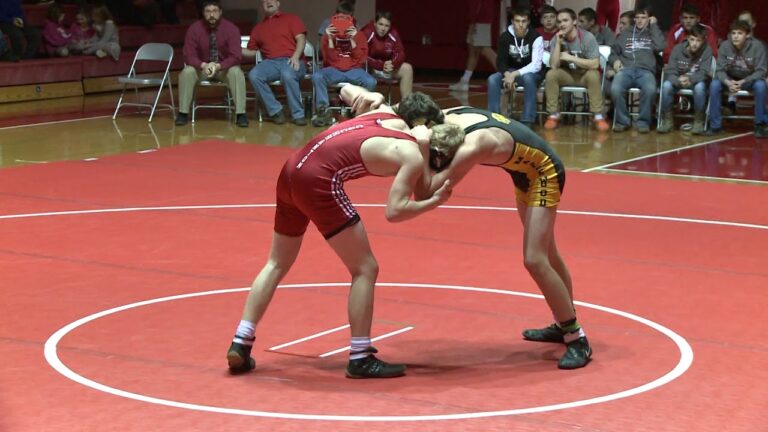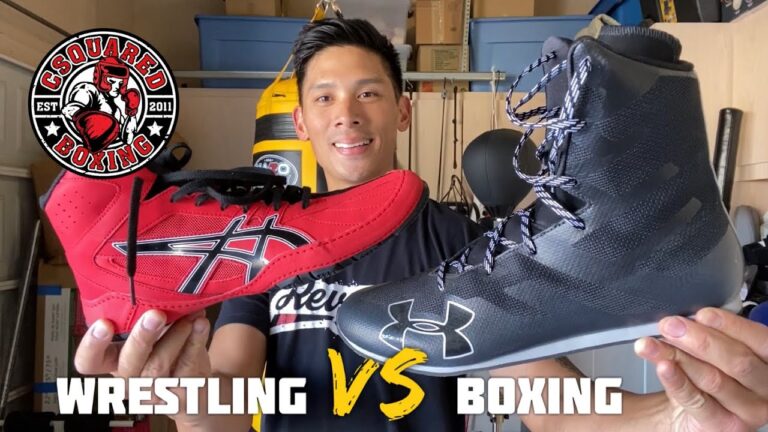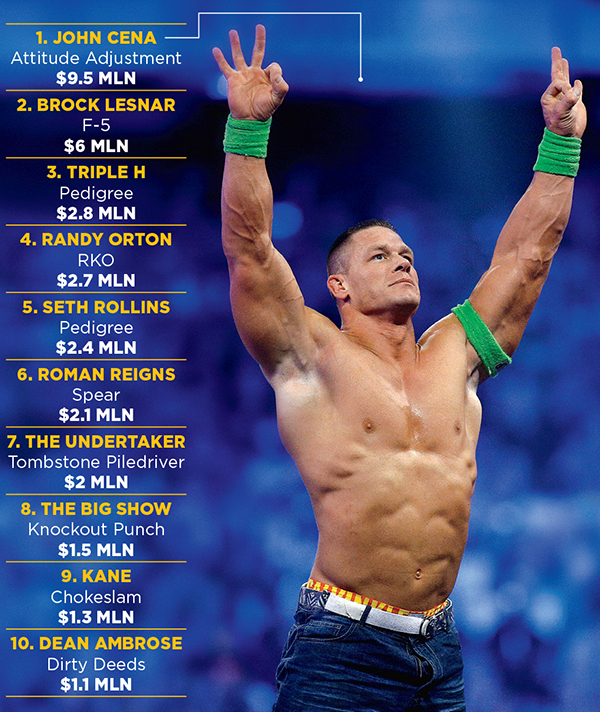What Muscles Arm Wrestling Targets: Unleash Strength
Arm wrestling primarily engages the biceps, forearms, and deltoids. Grip strength also plays a crucial role in performance.
Arm wrestling is not just a test of brute strength; it’s a sport that combines technique, endurance, and strategy. This competition requires participants to outmaneuver their opponents using a blend of muscle power and tactical positioning. Engaging a variety of muscles, from the biceps for pulling power to the forearms for grip and control, arm wrestling demands more than sheer force.
The deltoids also get a workout as they help stabilize and move the arm. This sport, popular worldwide, showcases not only physical prowess but also mental sharpness, as competitors must anticipate and counter their opponent’s moves. Understanding the key muscles involved can significantly enhance one’s approach to training and competition, making arm wrestling a fascinating blend of physical and psychological battle.
Introduction To Arm Wrestling
Arm wrestling is a battle of strength, skill, and strategy. Two competitors face off, each placing one arm on a surface with their elbows bent and touching the surface. The goal is simple: pin your opponent’s arm down to win.
The Sport’s Popularity
Arm wrestling enjoys global appeal. It blends physical power and mental prowess, captivating audiences everywhere. From local tavern challenges to international championships, the sport draws competitors of all ages and sizes. Its accessibility and straightforward nature make it a favorite pastime and a competitive endeavor.
Basic Rules And Techniques
Success in arm wrestling hinges on mastering specific techniques and understanding the rules. Participants must keep their feet flat on the ground, their shoulders square, and avoid any false starts. The use of leverage, grip strength, and explosive power often determines the winner.
- Position: Keep your wrist straight, and your body aligned.
- Technique: Use a combination of wrist locks, top rolls, and hook moves.
- Stamina: Build endurance to outlast your opponent.

Credit: osilasgallery.org
Primary Muscles Used In Arm Wrestling
Arm wrestling is a sport of strength, technique, and endurance. It requires the use of several key muscle groups to overpower the opponent. Understanding the primary muscles involved can give competitors an edge. Let’s dive into the specifics of these muscles.
Biceps Brachii
The biceps brachii is a major player in arm wrestling. This muscle, located in the upper arm, is responsible for flexing the elbow and turning the palm up. When arm wrestlers prepare to pin their opponent, the biceps contract, creating the force needed to win.
- Key for elbow flexion
- Helps in forearm rotation
- Provides pulling strength
Forearm Muscles
Forearm muscles are crucial for grip strength. They consist of various smaller muscles that work together. These muscles control wrist movement and gripping power. A strong grip is essential for maintaining control during a match.
| Muscle Group | Function |
|---|---|
| Flexors | Close the hand |
| Extensors | Open the hand |
By strengthening these muscles, arm wrestlers can improve their performance significantly. Regular training focusing on these areas can lead to better results in competitions.
Supporting Muscles In Arm Wrestling
Arm wrestling is not just about arm strength. The whole upper body plays a crucial role. Muscles in the shoulders, chest, and back work together. They provide the power needed to win. Let’s explore these supporting muscles in detail.
Shoulder Muscles
- Deltoids: Key for movement and control.
- Rotator cuff: Stabilizes the shoulder joint.
Chest Muscles
- Pectoralis Major: Adds pushing force.
- Pectoralis Minor: Assists in arm movement.
Back Muscles
- Latissimus Dorsi: Powers pulling actions.
- Trapezius: Supports shoulder and neck.
The Role Of Grip Strength
The Role of Grip Strength in arm wrestling cannot be overstated. A powerful grip gives you the upper hand, quite literally, in the match. It’s the force you apply when you clasp onto your opponent’s hand. Strong grip muscles lead to better control and dominance in the bout.
Improving Your Grip
To excel in arm wrestling, focus on your grip. A firm grip can make a big difference. It’s not just about hand strength. Your forearm muscles play a key role too. Strengthening these muscles contributes to a vice-like grip.
Exercises For A Stronger Grip
- Hand Grippers: Squeeze these tools to enhance hand muscles.
- Farmers Walk: Carry heavy weights in each hand and walk. This builds overall grip endurance.
- Wrist Curls: Use dumbbells for flexing the wrists. This strengthens forearms.
- Reverse Wrist Curls: Similar to wrist curls but with a focus on the back of the forearm.
- Plate Pinches: Hold weight plates between your fingers and thumb. This tests and improves your pinch grip.
Consistent practice with these exercises will lead to a stronger grip. A stronger grip means better performance in arm wrestling. Start with lighter weights and increase as you progress. Always maintain proper form to prevent injuries.
Training For Arm Wrestling
Arm wrestling demands more than brute strength. Successful arm wrestlers combine power with technique. Proper training can make a huge difference. This post will focus on how to train effectively for arm wrestling.
Strength Training
Building arm strength is essential. Start by focusing on your biceps, triceps, and forearms. Use exercises like curls, tricep dips, and wrist curls. Mix in compound movements like pull-ups and rows. These exercises engage multiple muscle groups. This approach creates a well-rounded arm strength foundation.
- Bicep curls: Boost bicep power.
- Tricep dips: Enhance tricep strength.
- Wrist curls: Increase wrist and grip strength.
Technique Improvement
Technique is key in arm wrestling. Train to improve your leverage and positioning. Practice different arm wrestling moves. Include top roll, hook, and shoulder press in your routine. Work with a partner to simulate real matches. This helps build muscle memory and refine your strategy.
- Top roll: Focus on hand control.
- Hook: Train to overpower your opponent’s wrist.
- Shoulder press: Use your body weight to your advantage.

Credit: www.reddit.com
Nutrition And Recovery
Arm wrestling challenges your muscles. Your body needs the right fuel and rest to grow stronger. Let’s explore the best diet for muscle growth and the importance of rest and recovery.
Diet for Muscle GrowthDiet For Muscle Growth
Muscles need protein to repair and grow. A balanced diet helps you perform better. Here’s what you should eat:
- Lean proteins like chicken, fish, and tofu
- Complex carbs such as whole grains and sweet potatoes
- Healthy fats from avocados, nuts, and seeds
Don’t forget fruits and vegetables. They give you vitamins and minerals. Stay hydrated with plenty of water.
Importance of Rest and RecoveryImportance Of Rest And Recovery
Your muscles grow when you rest, not when you train. Aim for 7-9 hours of sleep each night.
Rest days are key. They prevent injuries and help performance. Include stretching and light activities on rest days to aid recovery.
Common Arm Wrestling Injuries
Arm wrestling tests strength and technique. It can also lead to injuries. Muscles, tendons, and bones in the arm and shoulder are at risk. Common injuries include strains, sprains, and fractures. Understanding these injuries helps prevent them.
Prevention Tips
Staying safe in arm wrestling involves preparation and caution. Here are key tips:
- Warm up before competing.
- Use proper technique to avoid stress on the arm.
- Build overall strength and flexibility.
- Don’t arm wrestle if you feel pain or discomfort.
Treatment Options
If an injury occurs, immediate and appropriate treatment is crucial. Here’s what to consider:
- Rest the injured arm.
- Apply ice to reduce swelling.
- Use compression bandages if needed.
- Elevate the arm to decrease swelling.
- Seek medical attention for severe pain or deformity.
Success Stories In Arm Wrestling
Arm wrestling is not just a test of strength but a sport with rich stories. Success in arm wrestling comes from power, technique, and sheer will. Let’s dive into tales of those who’ve left a mark on this gripping sport.
Famous Arm Wrestlers
John Brzenk, known as the ‘Greatest Arm Wrestler of All Time’, tops our list. His name is synonymous with victory. Brzenk dominated the sport for over 25 years, inspiring many. Devon Larratt, a Canadian arm wrestler, is another legend. His work ethic and skill set are unmatched. Both athletes have massive followings and have elevated arm wrestling to new heights.
Inspiring Comebacks
Travis Bagent, once a champion, faced setbacks. His journey back to the top is a testament to resilience. Bagent retrained, refocused, and reclaimed his spot in arm wrestling lore. Another story is that of Oleg Zhokh. After a severe car accident, many thought his career was over. Zhokh, however, had other plans. With determination, he returned, proving his unbreakable spirit.
Each arm wrestling icon has a unique story. Their triumphs reveal the sport’s heart. These athletes embody strength and perseverance, making arm wrestling more than a match of muscles—it’s a battle of wills.

Credit: m.youtube.com
Frequently Asked Questions
What Muscle Is Needed For Arm Wrestling?
For arm wrestling, the key muscle is the brachialis. This muscle plays a crucial role alongside the biceps and forearms. Strengthening these muscles can significantly improve performance.
Does Arm Wrestling Prove How Strong You Are?
Arm wrestling tests specific muscles and technique, not overall strength. It’s an indicator of arm and grip power rather than full body strength.
Is Arm Wrestling A Good Arm Workout?
Arm wrestling can strengthen your arms but isn’t a comprehensive workout. It targets specific muscles, mainly in the forearm. For balanced strength, complement it with other exercises.
What Muscles Are Used Most In Wrestling?
Wrestling primarily engages the core muscles, along with the shoulders, arms, and legs. These groups provide the strength and stability needed for effective grappling and maneuvering during a match.
What Primary Muscles Does Arm Wrestling Use?
Arm wrestling primarily engages the biceps, triceps, forearms, and deltoids. Grip strength is also crucial for a competitive edge.
Conclusion
Arm wrestling challenges multiple muscle groups, from the biceps to the forearms and shoulders. Strengthening these areas can enhance your competitive edge. Remember, consistent training and proper technique are key. So, grab an opponent and start practicing; your muscles will thank you for the workout!






